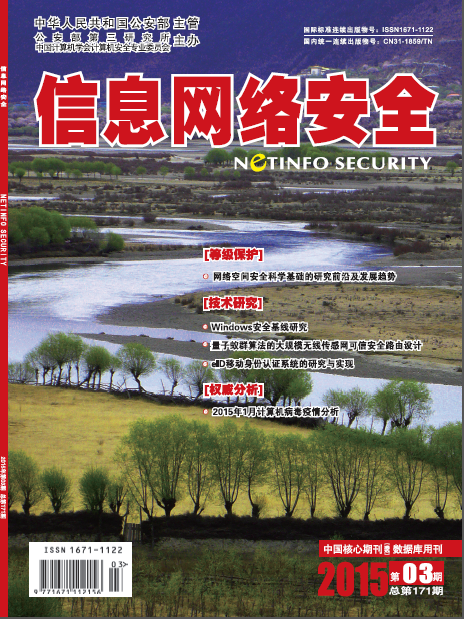Since 2007, advanced persistent threats (Advanced Persistent Threat, APT) attacks continue to be discovered. Such as Ghost Net attack at 2009, specifically to steal confidential information embassies, the Foreign Ministry and other government agencies as well as banks, within two years, had penetrated into the 1295 Taiwan government and an important figure in at least 103 countries, PC.At 2010, Stuxnet first discovered, is the first known to target key industrial infrastructure for worms, which infect and destroy the Natanz nuclear facility, and ultimately delayed Bushehr nuclear power plant start-up.At September 2011,discovered Duqu virus, was used to gather intelligence information from manufacturers of industrial control systems, has monitored six organizations from France, the Netherlands, Switzerland and India eight countries by the virus infection. Security experts believe that there must be no APT attack was discovered, there are more companies for various reasons, they were not released APT attacks and losses.In recent years, APT attacks have caused significant damage and impact to the state, society, businesses, organizations and individuals . Since a growing number of portable terminal applications began to migrate from traditional PC to personal smartphones ,people use smart phones send and receive mail, process documents, communicate with others. Therefore, this article first introduces the definition of APT attack and then gives the technical characteristics of APT. Finally, this article introduces the current attacks against the latest mobile phones .

